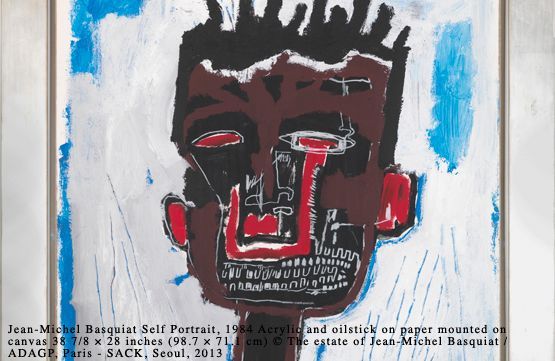By Marcel Duret and Fred Thomas
ON May 15, 2013, Jean-Michel Basquiat’s “Dustheads” sold for a record price of US$48.8 million at a Christie’s auction in New York. This made “Dustheads” one of the most expensive pieces of art on earth today. Basquiat’s impact can be seen globally. An example is an exhibition of his work from May 21 to August 10, 2013 at the Gagosian Gallery in Hong Kong. The exhibition attests to Basquiat’s acute global relevance 25 years after his untimely death. Basquiat is without a doubt the king of all artists of Haitian descent. But while he has gained international stardom, many other artists of Haitian descent living in the United States and Canada haven’t enjoyed the publicity that surrounded Basquiat’s life and death. Nevertheless, they are a group of extremely talented artists who have contributed to the vivacity of the art scene in North America.
In spite of all the setbacks, including natural disasters, socio-economic catastrophes and political debacles, Haitian art is thriving through its resilience, outpouring inventiveness and unrepressed productivity. When everything else seems to fail, art remains the very soul of the nation, a sort of inner fire that inspires the nation to keep struggling and moving forward no matter what. Back in slavery times, throughout the middle passage and other steps of their odyssey, people carried pieces of their cultures with them on their backs and in their hearts.
In totally different circumstances today, Haitian artists living in the U.S. somehow continue to perpetuate the very same legacy by bringing with them their magical artistic talents and particular touches to the world art scene. This is their most valuable contribution to North American culture or to wherever they settle and showcase their talents and vivid imaginations.
When referring to the creations of Haitianborn artists, most individuals tend to use clichés in expressing their opinions. They wind up seeing the works through their tunnel vision and thus miss the point altogether. No matter the background and the socio-cultural situation behind the artist, all works of art deserve to be considered with respect and open minds. These are conditions sine qua non to understand an artwork and facilitate communication between pictures
and onlookers. These conditions also place observers in the context of a global phenomenology.
In their quest for self-expression and recognition, Haitian painters living abroad have chosen different paths in using artistic means, styles and techniques. Some opt to paint naively. A few choose an utmost realistic vein, while many feel more confident using traditional painterly approaches and others have ventured into exploring the suggestive and bondless realms of abstraction. To give recognition to all the artists of the Haitian diaspora would certainly exceed the scope of this article. So we will limit the number to a few because of the nature of their works and my acquaintance with them from previous collaborations. To illustrate
the four major trends of the Haitian diaspora, in future issues we will cast a closer look on the works of a few selected artists such as Donald Obin, Blondel Joseph, Alpi (Alphonse Piard), Dominik Ambroise, Robert Sylvain, Kristo Nicolas, Carl Craig, Turgo Bastien and Fred Thomas, all of them living in South Florida. tj
 |
 |
|
| Fred Thomas We Remember (Triptych) Cut metal on wood and mixed media on canvas 48" × 72" | Fred Thomas On their Way to Miami Mixed media on canvas, 36” × 60” |
The complete article is available in Issue #272. Click here to order from Amazon




